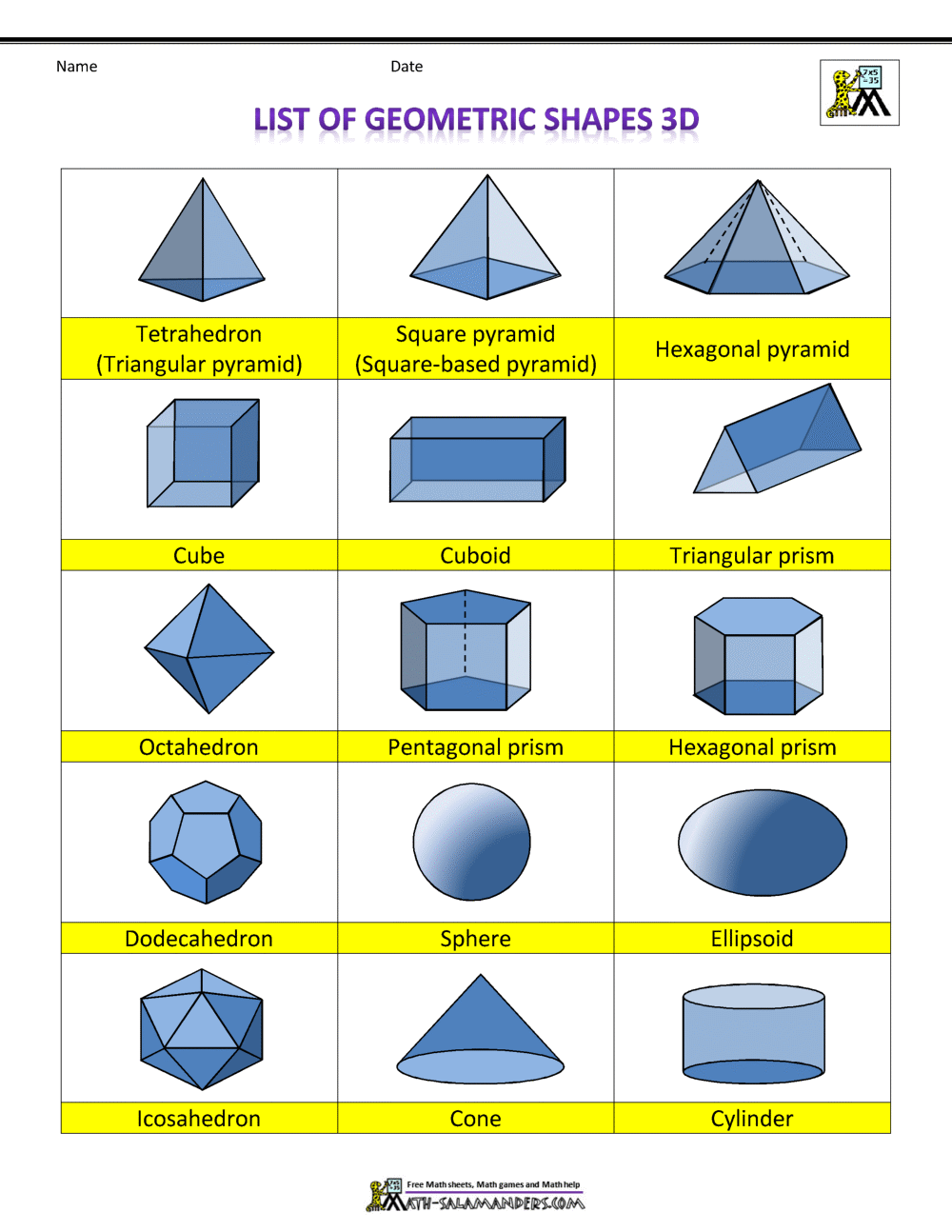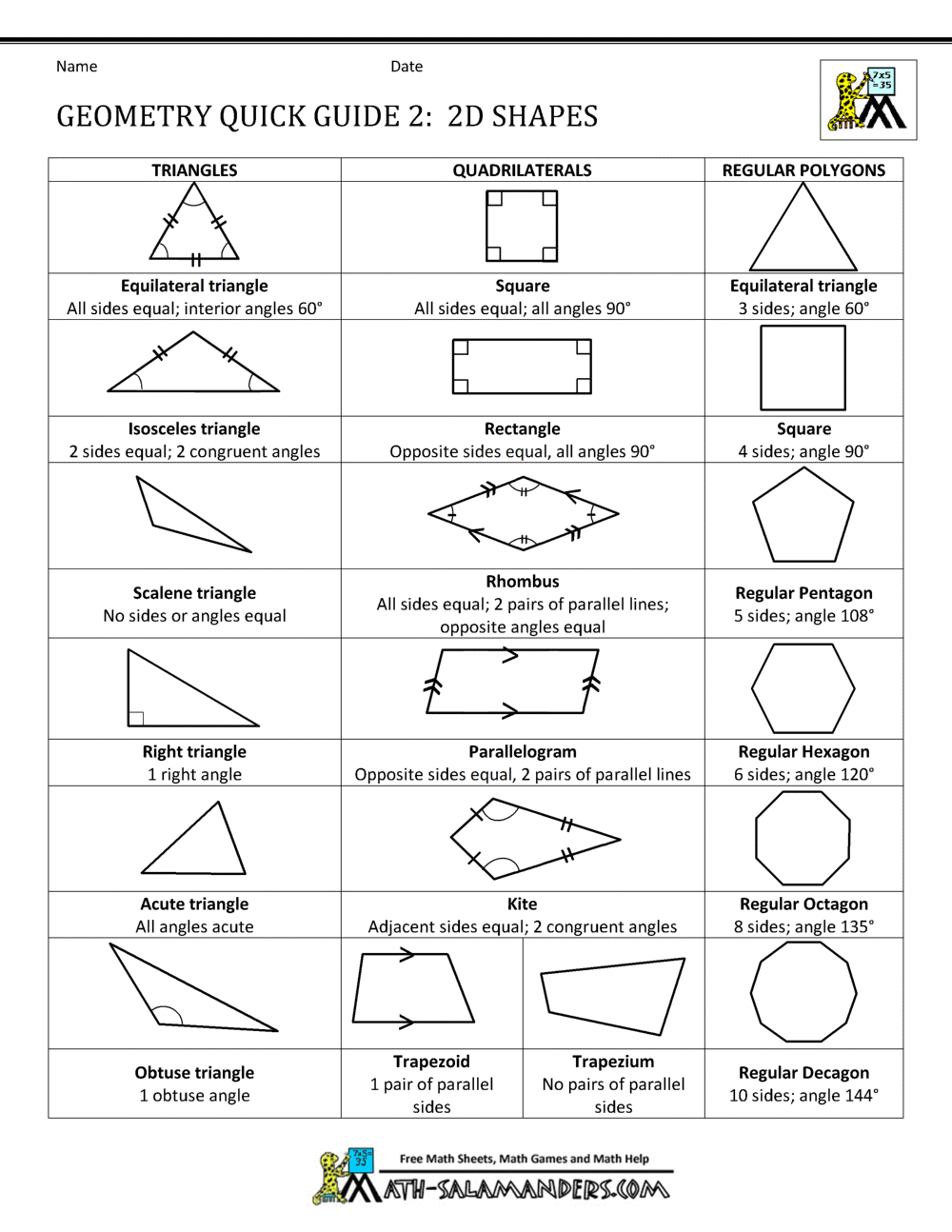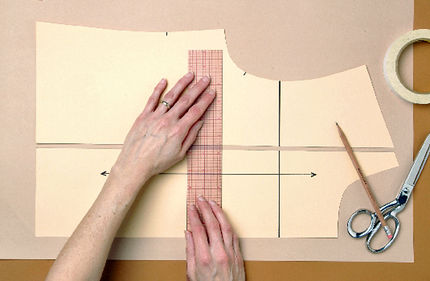Half-time is a tempo/meter change where the time signature doubles in tempo. If a piece is 4/4, the half time for that is turned to 8/8. Although it’s called “half-time” the piece doesn’t accelerate in speed, there’s just more notes in each measure. Half time is very prominent in the climax of a classical piece and jazz music, specifically jazz solos.
Category Archives: Uncategorized
Module 2 Post 17 (Counting)
In music, counting is very important. Counting reflects your performance as a musician. In a quartet, orchestra, band, jazz solo or chamber music group counting music is very important. In music, musicians always count the downbeat ( 1-e-and-a-2-e etc.). Time signatures like 3/4 are usually counted as 1,2,3 (repeat). For compound meter signatures like 6/8 are counted as “1 and a 2 and a”. The counting style depends purely on the time signature.
Module 2 Post 16 (Ragtime time signature)
This page discusses ragtime in general. Ragtime is usually played in a 3/4 beat just like all waltz-eque music. Ragtime is known for having a syncopated rhythm or “ragged” rhythm. Now what is syncopation? Syncopation is when notes that are “unimportant” are emphasized with volume. For example in a 4/4 time signature, the important notes would be the 1st and 3rd notes. If the 1st and 3rd notes were emphasized or stressed in an important ragtime measure, the piece would be bland. To add more exciting taste to the piece composers have syncopated the important measures by emphasizing on the 2nd and 4th notes. This is what ragtime and syncopated music is all about.
Module One Post Twelve
Some fashion designers use computer to design their clothes, and computer has a big connection with math.
Here’s a video link about how computers do math.
Module One Post Eleven
The human eye is able to decipher patterns of light according to the primary colours: red, green and blue. However, there are other colours too: cyan, magenta and yellow. So, colour and math are related, you can do addition and subtraction with colours too. Further, there’s endless combo you can do with colours.

Module One Post Ten
Sleeves, pant legs and even bodices start out as nets. When fashion designers cut them out of the fabric, they’re flat– and they may not look at all like what they’re meant to be. A cap sleeve may look like a semicircle at first. Attach it to the arm hole, and it curves over the shoulder. So fashion designers need net drawing to make clothes. At first, it’s flat, but when you fold it or sew them together, it become 3 dimensional.

Module One Post Nine
Every piece of fashion design is a 3-D clothes, which means that it has width, length and height, so people could wear it. You can look at the clothes at different angles, and it’s not flat. For a 3-D object, you can calculate the volume of it, but a 2-D object could not.

Module One Post Eight
For fashion designers, they need to know the basic 2-D patterns in order to design a clothes, and 2-D shapes are part of math. To design a clothes, the designer need to draw out each piece of the whole clothes, and each drawing is a 2 dimensional shape, which means that it’s flat, when you look at it with your eyes parallel to that piece, it just looks like a line.

Module One Post Seven
Fashion design involved solving math problems. For example, a designer is making a dress, she need to know how much fabric she needs to make the dress. So, she need to calculate the area of each shape, like rectangle, triangle, circle, trapezoid, and more. Math and fashion design are related.

Module One Post Six
Here’s a video about how fashion design is related to math.
